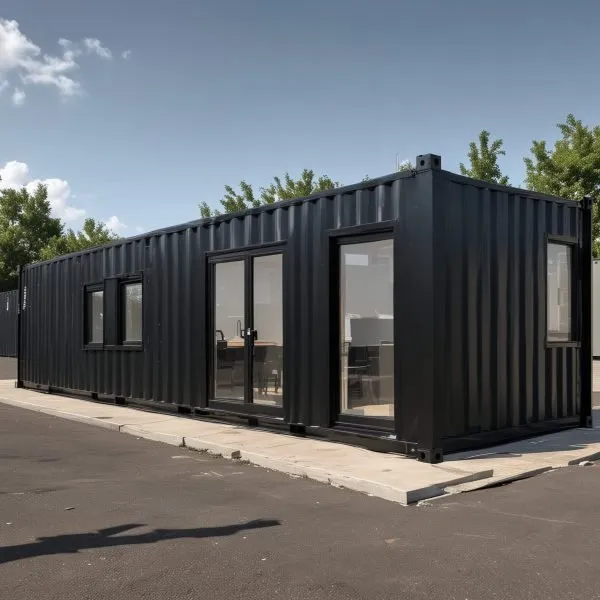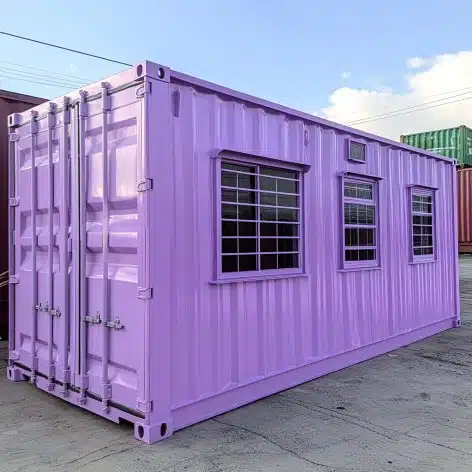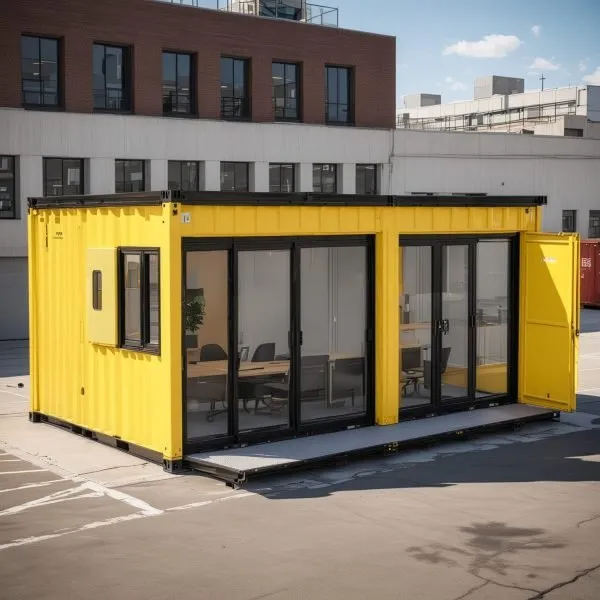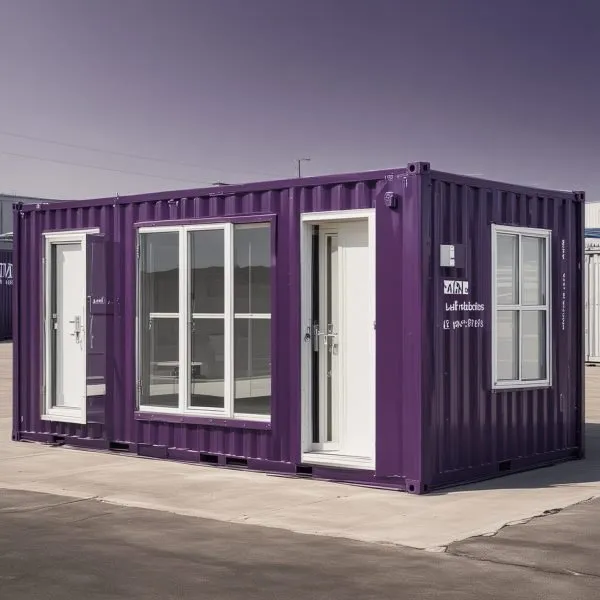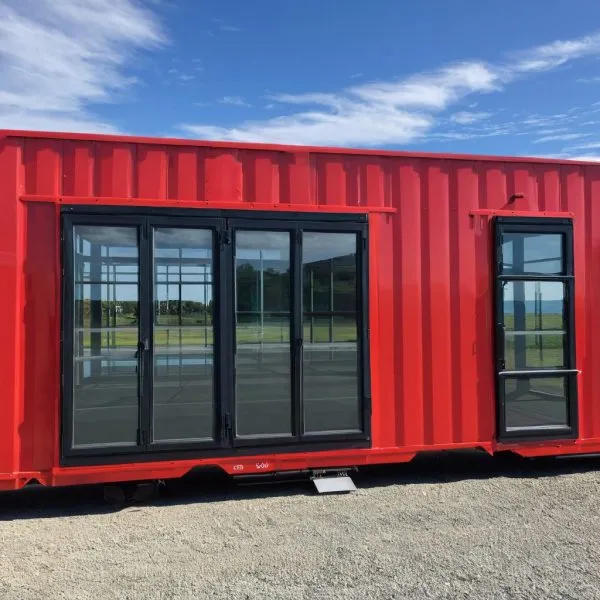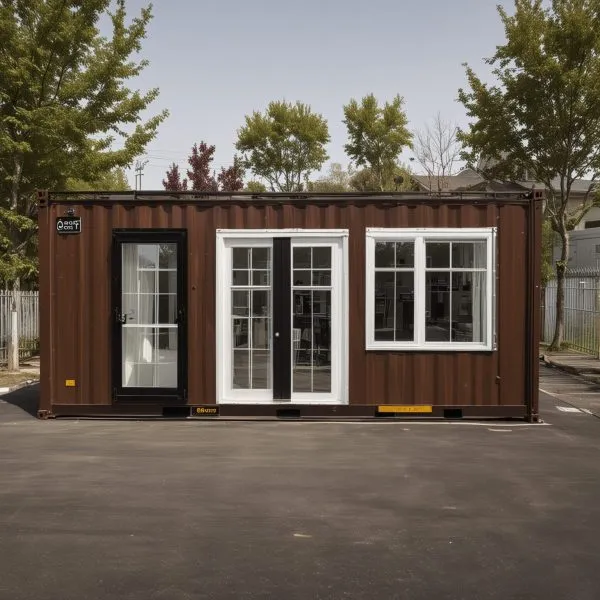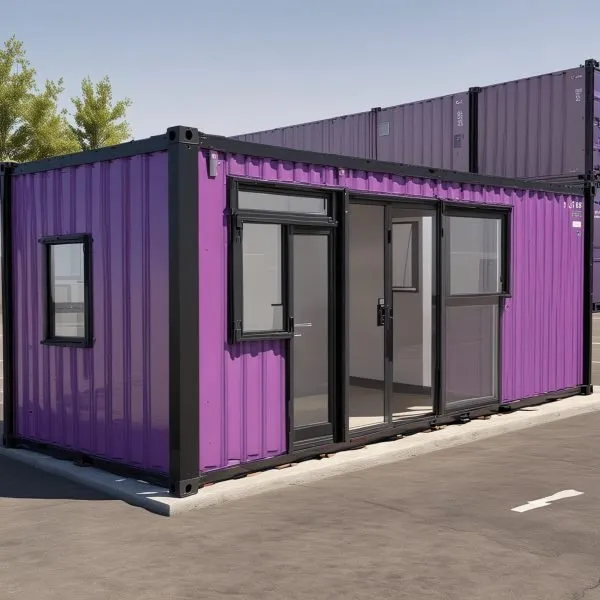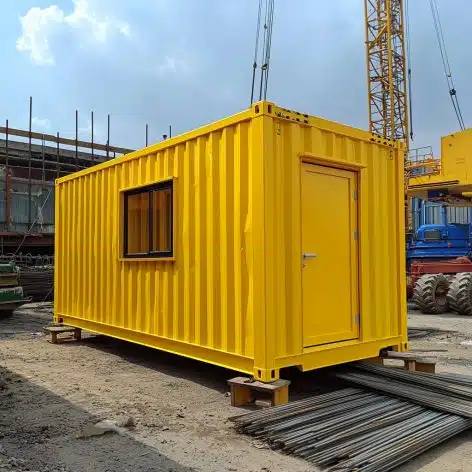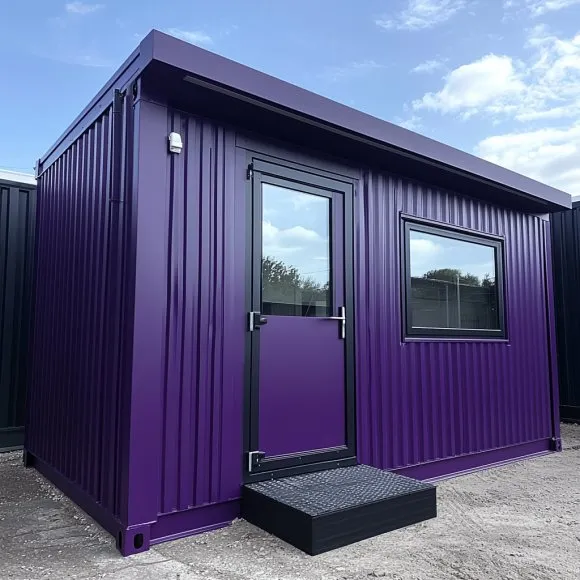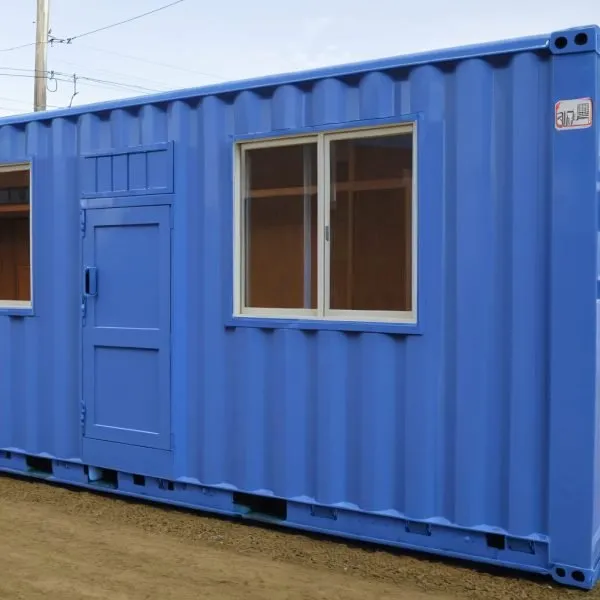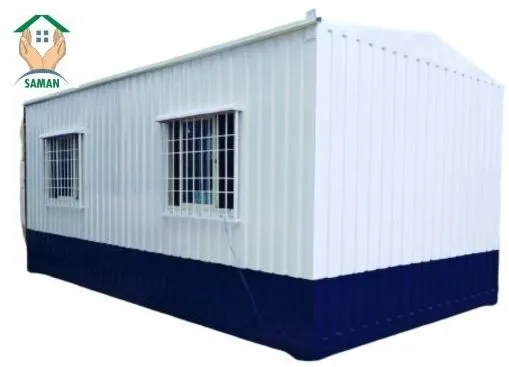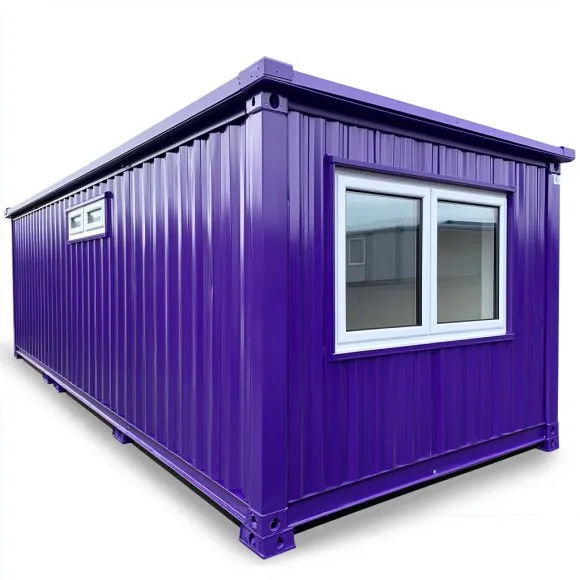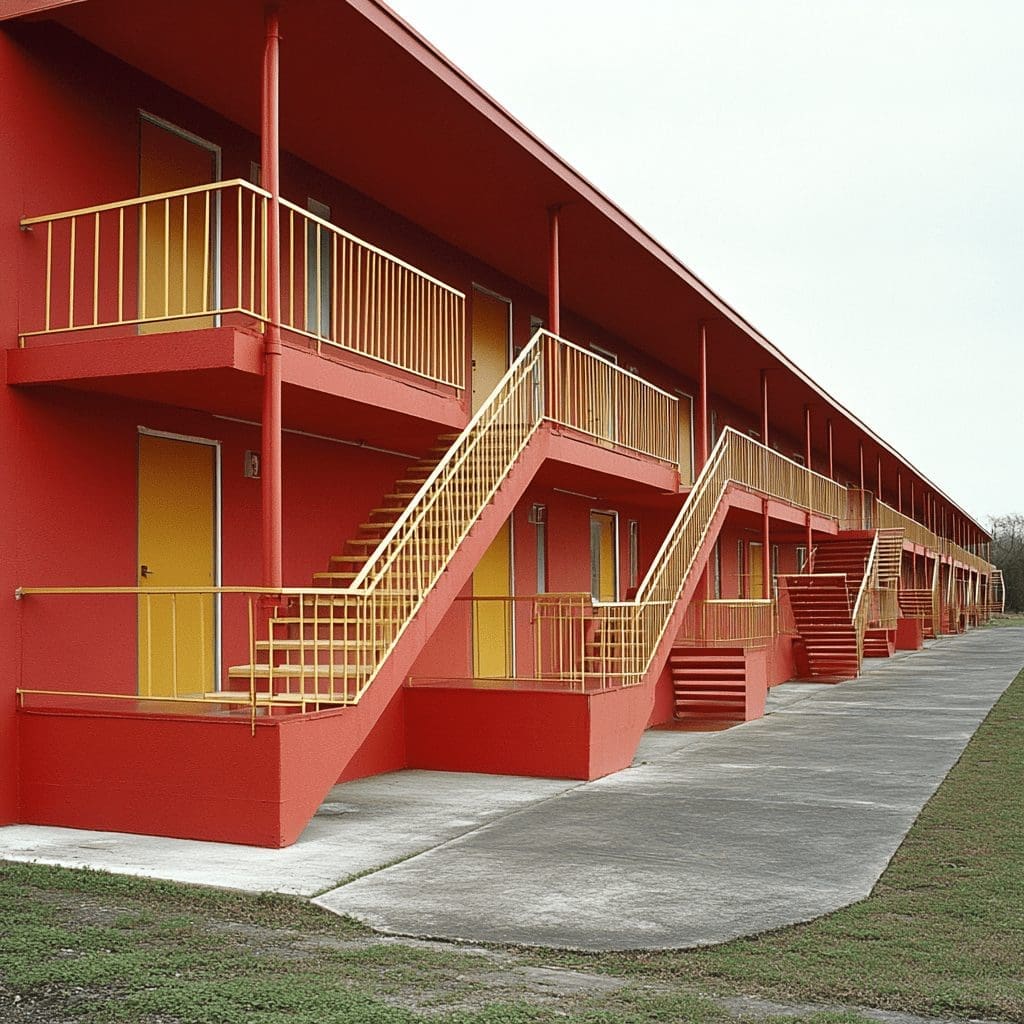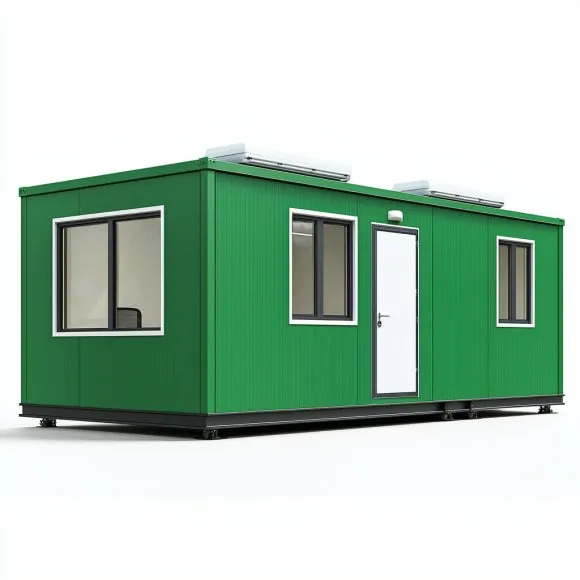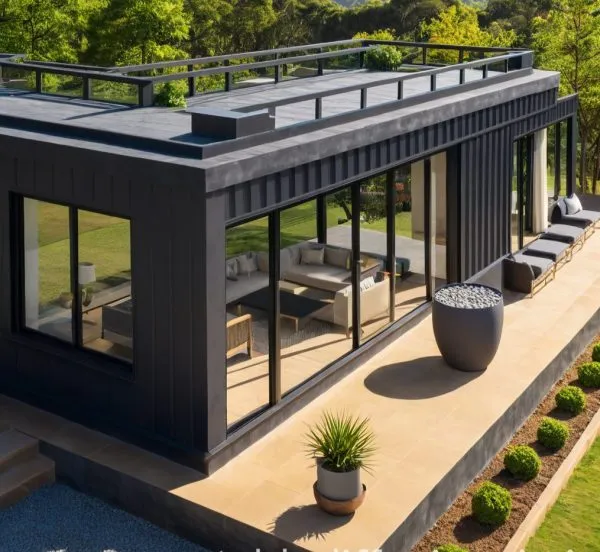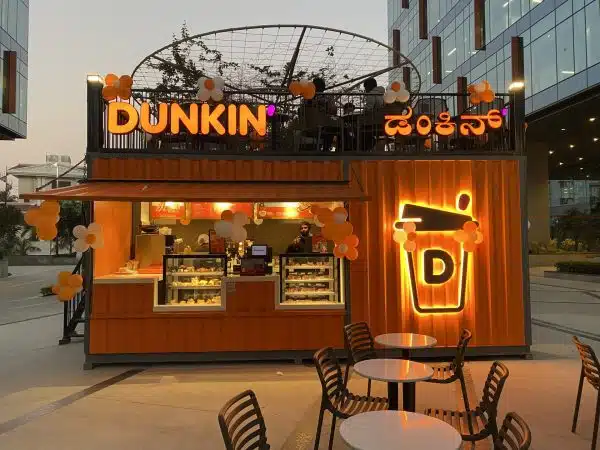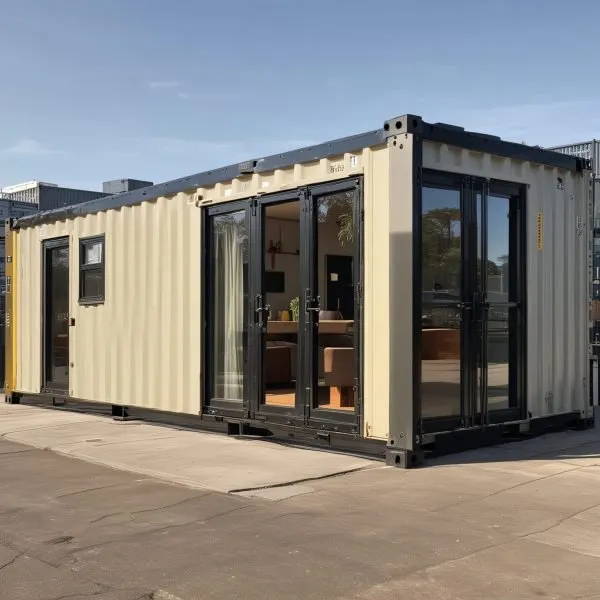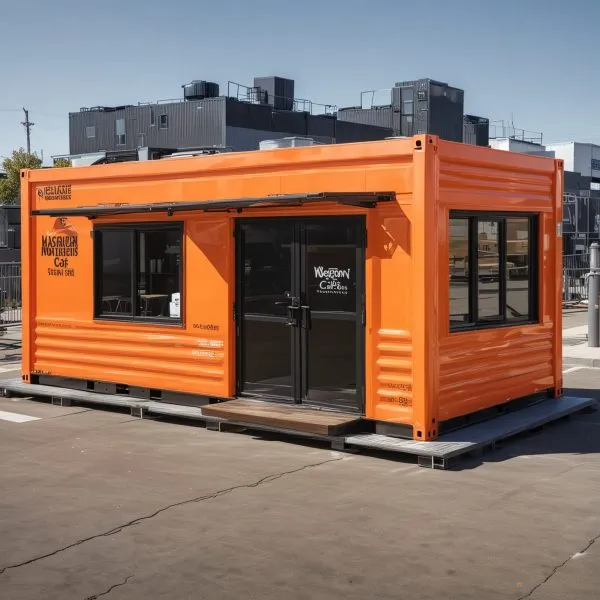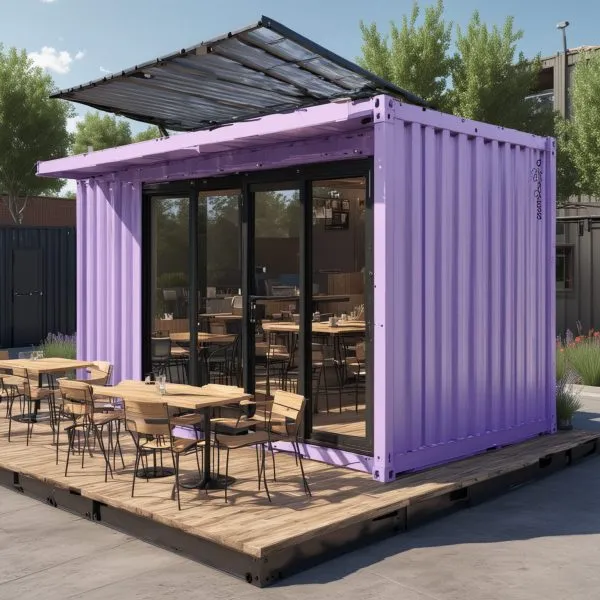Contemporary Cabin Design: Merging Style with Nature

Introduction to Contemporary Cabin Design
Contemporary cabin design redefines traditional cabin aesthetics, creating a sleek, modernized look that maintains a strong connection to nature. With their clean lines, large windows, and natural materials, these cabins offer a refreshing departure from classic rustic styles. Contemporary cabins cater to those who appreciate a modern take on simplicity, comfort, and elegance, providing a seamless indoor-outdoor experience ideal for vacation homes, weekend retreats, or even full-time residences.
Unlike rustic or purely modern cabins, contemporary cabins are designed to be adaptable and forward-looking, combining the best of current design trends with timeless appeal. This adaptability makes them perfect for people who seek both a sense of retreat and a functional, eco-friendly space. To explore a variety of options, take a look at our Modern Cabins collection, showcasing cabins that bring both style and versatility to natural settings.
Contemporary vs. Modern Cabin Design
Understanding the distinction between contemporary and modern design is essential for choosing the right aesthetic. While they are often used interchangeably, these styles each offer unique approaches to architecture and decor that can influence the overall feel of a cabin.
Core Differences
Modern design, often associated with mid-20th century aesthetics, is known for its strict adherence to clean lines, minimal decor, and industrial materials. The style emerged from a desire to simplify, incorporating elements like metal, concrete, and glass. Modern cabins often have a straightforward, almost industrial feel, characterized by functionality and durability.
Contemporary design, however, is more flexible. Rather than adhering to a single style, contemporary design incorporates elements from various architectural movements and reflects the latest trends. This means that contemporary cabins can evolve over time, integrating new materials, colors, and textures as they become popular. In cabin architecture, this flexibility translates to a design that feels both cutting-edge and harmonious with the natural surroundings.
Similarities and Overlaps
Despite their differences, contemporary and modern cabins share several characteristics, including the use of open layouts, an emphasis on large windows, and a focus on blending indoor and outdoor spaces. Both styles prioritize simplicity and functionality, making them ideal for cabin environments where the surrounding landscape is often the focal point.
For a deeper understanding of how modern elements influence contemporary cabin homes, visit our Modern Cabin Houses page, where these two aesthetics blend beautifully to create comfortable and stylish retreats.
Key Elements in Contemporary Cabin Design

Contemporary cabins have several defining design features that make them stand out. These elements not only enhance the aesthetic appeal of the cabins but also contribute to their functionality and connection to nature.
Expansive Windows and Natural Light
One of the most notable features of contemporary cabins is the use of large, often floor-to-ceiling windows that maximize the entry of natural light. These windows open up the interior space, creating a sense of freedom and connection to the outdoors. The vast glass panes provide stunning views and enhance the feeling of being surrounded by nature. Additionally, by relying more on natural light, contemporary cabins reduce the need for artificial lighting, making them both energy-efficient and visually captivating.
Minimalist Aesthetic
Contemporary cabins focus on minimalism, where less is truly more. The interiors are intentionally simple, with uncluttered surfaces, clean lines, and multi-functional furniture. This minimalist approach not only makes the space feel larger and more open but also promotes relaxation, creating an environment free from unnecessary distractions. By embracing a minimalistic aesthetic, these cabins allow nature to take center stage.
Neutral and Natural Color Palettes
The color scheme of a contemporary cabin is typically inspired by the surrounding landscape. Neutral tones such as whites, greys, beiges, and earth tones create a calm, cohesive look that blends with the outdoors. Subtle accent colors like muted greens or deep blues add a touch of personality while maintaining a sense of harmony. These tones create a peaceful ambiance and allow natural materials, like wood and stone, to shine.
Sustainable and Eco-Friendly Materials
Environmental consciousness is a central theme in contemporary design. Cabins often feature sustainable building materials such as reclaimed wood, bamboo, and recycled metals. These eco-friendly materials not only minimize the cabin’s ecological footprint but also add warmth and character. By choosing sustainable resources, contemporary cabins reflect a commitment to protecting the environment while enhancing the quality of life.
Architectural Features in Contemporary Cabins
Beyond interior design, the architectural structure of contemporary cabins is integral to their appeal. Each feature contributes to the cabin’s visual impact and functionality, making contemporary cabins both aesthetically pleasing and highly practical.
Flat or Low-Pitched Roofs
Flat or low-pitched roofs are common in contemporary cabin design, as they create a sleek, modern profile that enhances the cabin’s visual appeal. These roofs often support additional outdoor spaces, such as rooftop terraces or green roofs, which serve as extensions of the indoor living area. In some designs, solar panels are integrated, supporting sustainable energy practices and reducing the cabin’s reliance on grid power.
Open Floor Plans and Flexible Spaces
Open floor plans are a hallmark of contemporary cabins, providing an unbroken flow between living, dining, and kitchen areas. This openness fosters a sense of spaciousness and flexibility, which is especially valuable in cabins with limited square footage. By eliminating walls and partitions, the cabin feels more expansive and allows for easy customization of the interior layout.
Indoor-Outdoor Flow
In contemporary cabins, the line between indoor and outdoor spaces is often blurred, thanks to design features like large sliding doors and wrap-around decks. These additions encourage residents to spend more time outdoors while extending the functional area of the cabin. The seamless transition between indoor and outdoor spaces makes contemporary cabins ideal for those who want to enjoy the natural surroundings fully.
Mixed Materials and Textures
The use of diverse materials—such as wood, concrete, metal, and glass—adds depth and visual interest to contemporary cabins. By combining natural and industrial elements, these cabins achieve a balance between rugged charm and sophisticated style. The blend of textures creates a warm, inviting atmosphere, ensuring that contemporary cabins are both beautiful and comfortable.
Small Contemporary Cabins

Small contemporary cabins provide a compact yet luxurious retreat that appeals to those who value simplicity and minimalism. Designed with efficiency in mind, these cabins offer a unique experience for anyone interested in tiny living or cozy getaways.
Optimizing Small Floor Plans
In small contemporary cabins, efficient floor planning is essential. Open layouts make the most of limited square footage by combining living, dining, and kitchen spaces into a single, flexible area. Lofted sleeping areas, compact kitchens, and well-organized storage solutions help maximize functionality without crowding the space.
Outdoor Space Integration
Outdoor spaces play a critical role in small contemporary cabins, extending the usable area beyond the cabin’s walls. Features like decks, patios, or rooftop terraces provide additional room for relaxation, dining, or entertaining, all while enjoying scenic views. These spaces serve as natural extensions of the cabin and encourage a closer connection with the outdoors.
For additional ideas on designing small but stylish cabins, check out our Small Modern Cabins page, where compact designs meet modern aesthetics.
Multi-Functional Furniture and Storage Solutions
Multi-functional furniture, such as pull-out beds, expandable tables, and storage benches, is a must in small cabins. These versatile pieces ensure that the cabin remains organized and functional without taking up too much space. With thoughtful storage solutions and compact furniture, small contemporary cabins can feel both comfortable and spacious.
Eco-Friendly, Space-Efficient Designs
Small contemporary cabins are often designed with sustainability in mind. Many feature solar panels, rainwater collection systems, and composting toilets, making them ideal for off-grid living. By integrating green technology and eco-friendly materials, these cabins offer a responsible, low-impact lifestyle.
Interior Design Ideas for Contemporary Cabins
Interior design plays a significant role in setting the mood and enhancing the functionality of contemporary cabins. The decor is typically simple yet sophisticated, balancing comfort with minimalism.
Scandinavian-Inspired Decor
Scandinavian design is a popular choice for contemporary cabins, emphasizing simplicity, natural light, and coziness. Light wood accents, neutral colors, and cozy textiles like wool rugs and soft throws create a warm, welcoming environment that complements the minimalist style. This decor approach reinforces the cabin’s connection to nature and enhances the sense of serenity.
Industrial Elements in Contemporary Cabins
Industrial design elements—such as exposed metal beams, concrete flooring, and open ductwork—add a modern, edgy feel to contemporary cabins. These industrial accents create an interesting contrast with natural materials like wood and stone, enhancing the visual appeal without detracting from the cabin’s minimalist aesthetic.
Biophilic Design and Natural Accents
Biophilic design, which seeks to connect occupants with nature, is increasingly popular in contemporary cabins. Elements like indoor plants, natural wood finishes, and water features bring the outdoors inside, creating a space that feels alive and vibrant. Biophilic design not only enhances aesthetics but also contributes to a calming, healthful environment.
Color Scheme and Decor Accents
While contemporary cabins primarily use neutral color schemes, subtle pops of color can add personality without overwhelming the minimalist design. Decorative accents like throw pillows, rugs, and wall art introduce warmth and texture, creating a cozy yet sophisticated atmosphere.
Building Materials and Sustainability in Contemporary Cabins

The materials used in contemporary cabins reflect a commitment to sustainability and durability. Choosing the right materials enhances the cabin’s aesthetic and supports a low-maintenance, eco-friendly lifestyle.
Eco-Friendly Building Practices
Sustainability is a key consideration in contemporary cabin construction. Builders often use eco-conscious practices, such as selecting renewable materials, minimizing waste, and optimizing insulation for energy efficiency which helps create a sustainable and energy-efficient living space. These practices align with the values of contemporary cabin owners who prioritize environmental responsibility. Some builders also incorporate passive design elements, like strategically placed windows for natural heating and cooling, reducing the cabin’s overall energy consumption.
Contemporary cabin design often emphasizes open spaces, large windows, and clean lines, bringing a fresh, modern look to rustic settings. If you’re inspired by the idea of combining modern elements with a spacious layout, explore our expansive layout inspiration for designs that seamlessly blend style and functionality in larger spaces.
Durable and Low-Maintenance Materials
Choosing durable materials such as treated wood, concrete, and metal ensures that contemporary cabins withstand natural elements while requiring minimal upkeep. These materials not only enhance the cabin’s longevity but also provide a sleek, modern aesthetic that complements the minimalist design. Using materials that are both robust and visually appealing makes contemporary cabins ideal for various climates and weather conditions.
Energy-Efficient Systems and Insulation
Contemporary cabins often include high-quality insulation, double-glazed windows, and energy-efficient heating systems, which reduce reliance on external energy sources and enhance indoor comfort. Many contemporary cabins also incorporate alternative energy solutions like solar panels and efficient water heating systems. By reducing their environmental impact, these cabins provide a sustainable lifestyle option, especially in remote locations where access to resources may be limited.
Sourcing Local and Reclaimed Materials
Incorporating locally sourced or reclaimed materials is a growing trend in contemporary cabin construction. This practice not only supports local economies and reduces transportation emissions but also gives each cabin a unique, region-specific character. For example, using reclaimed wood from local barns or repurposing metal from nearby industrial sites adds history and charm to the cabin’s design, making it truly one-of-a-kind.
Creating a small but stylish cabin involves choosing design elements that maximize space and create visual harmony. Compact cabins can still incorporate the elegant touches of contemporary design, resulting in a cozy and chic environment. For ideas on making the most of smaller layouts, explore how to blend contemporary elements in small layouts to achieve a cohesive and beautiful design.
Popular Locations for Contemporary Cabins
Choosing the right location for a contemporary cabin can greatly impact its design, functionality, and the overall experience it provides. Here are some ideal settings where contemporary cabins truly shine.
Forested and Mountainous Areas
Forested and mountainous areas offer a secluded, serene setting, making them perfect for contemporary cabins. In these locations, large windows allow cabin dwellers to enjoy breathtaking views of the landscape, while the minimalist design ensures that the cabin blends harmoniously with the natural surroundings. Forested cabins provide a true escape from the urban environment, giving residents a peaceful retreat in nature.
Lakeside and Riverside Settings
Lakeside or riverside locations are ideal for contemporary cabins with floor-to-ceiling windows that capture stunning water views. These waterfront cabins often include outdoor spaces like docks or extended patios, allowing residents to relax and engage in water activities. The combination of natural water views and sleek, modern design creates a tranquil and rejuvenating experience.
Suburban and Urban-Edge Retreats
For those who want a natural retreat without straying too far from urban conveniences, contemporary cabins on the suburban outskirts or city edges provide a balanced solution. These cabins offer the benefits of a secluded escape while keeping urban amenities within reach. With thoughtful landscaping and noise reduction features, suburban contemporary cabins provide a perfect hideaway that feels miles away from the city.
Backyard Cabins as Guest Houses or Offices
Contemporary cabins are also becoming popular as backyard additions, where they serve as guest houses, home offices, or personal studios. These small, self-contained cabins bring a modern aesthetic to residential properties, offering a functional space without overwhelming the landscape. Backyard contemporary cabins are ideal for families needing extra space, professionals working from home, or hosts looking for unique guest accommodations.
The world of modern cabin design is rich with options, each style contributing unique aesthetic and functional benefits. From industrial influences to eco-conscious choices, these styles can elevate your cabin’s ambiance. If you’re interested in exploring the range of design possibilities, take a look at our various cabin aesthetics for inspiration that can help shape your dream cabin.
Future Trends in Contemporary Cabin Design

As contemporary cabin design continues to evolve, new trends and technologies shape the way cabins are built, decorated, and experienced. Here’s a look at some emerging trends expected to influence cabin design in the coming years.
Smart Technology Integration
The integration of smart technology is becoming increasingly popular in contemporary cabins. Automated lighting, climate control, and security systems allow cabin owners to manage their spaces remotely or through voice-activated devices. Smart technology not only enhances convenience but also supports energy efficiency by regulating power usage according to occupancy. This trend is especially appealing for remote cabins, where managing resources efficiently is crucial.
Focus on Health and Wellness
Contemporary cabin design is also placing a greater emphasis on health and wellness features. From natural lighting and purified air systems to wellness amenities like compact saunas or meditation spaces, cabins are being designed to support a balanced, healthy lifestyle. This wellness-centric approach aligns well with the peaceful, nature-connected experience that contemporary cabins aim to offer.
Multi-Functional and Adaptable Spaces
Multi-functional spaces are key to maximizing usability in contemporary cabins, especially smaller ones. Adaptable furniture—like pull-out beds, fold-down desks, and modular storage solutions—allows cabins to serve multiple purposes within a limited footprint. This trend reflects a broader movement toward flexible living, where spaces are designed to evolve according to the occupants’ needs, ensuring that every inch of the cabin is used effectively.
Off-Grid and Self-Sustaining Cabins
Self-sustaining cabins are on the rise as more people seek a minimalist, off-grid lifestyle. Contemporary cabins equipped with solar panels, rainwater collection systems, and composting toilets allow residents to live independently from public utilities. This trend is especially popular in remote areas, where access to power and water can be challenging. Off-grid cabins provide an eco-friendly, self-sufficient way of living that is appealing for those committed to environmental sustainability.
Conclusion
Contemporary cabin design presents an innovative approach to cabin living, combining minimalism, eco-consciousness, and luxury in a way that appeals to modern sensibilities. From large windows and open floor plans to sustainable materials and multi-functional spaces, these cabins are designed to harmonize with the natural environment while providing comfort and convenience.
Whether you envision a cozy lakeside cabin, a secluded mountain retreat, or even a stylish backyard office, contemporary cabin design offers a solution that adapts to various landscapes and lifestyles. These cabins celebrate simplicity, flexibility, and sustainability, making them ideal for anyone who values a serene and connected way of life.
To further explore the world of contemporary and modern cabin design, visit our Modern Cabins page or browse through Small Modern Cabins for inspiration on compact, efficient designs. If you’re interested in learning more about our approach to contemporary cabin building, check out our About Us page to discover our values and mission in creating beautiful, sustainable cabin retreats. Start planning your ideal cabin today, and experience the perfect blend of style, function, and nature in your contemporary cabin home.
 Container Cafe
Container Cafe

